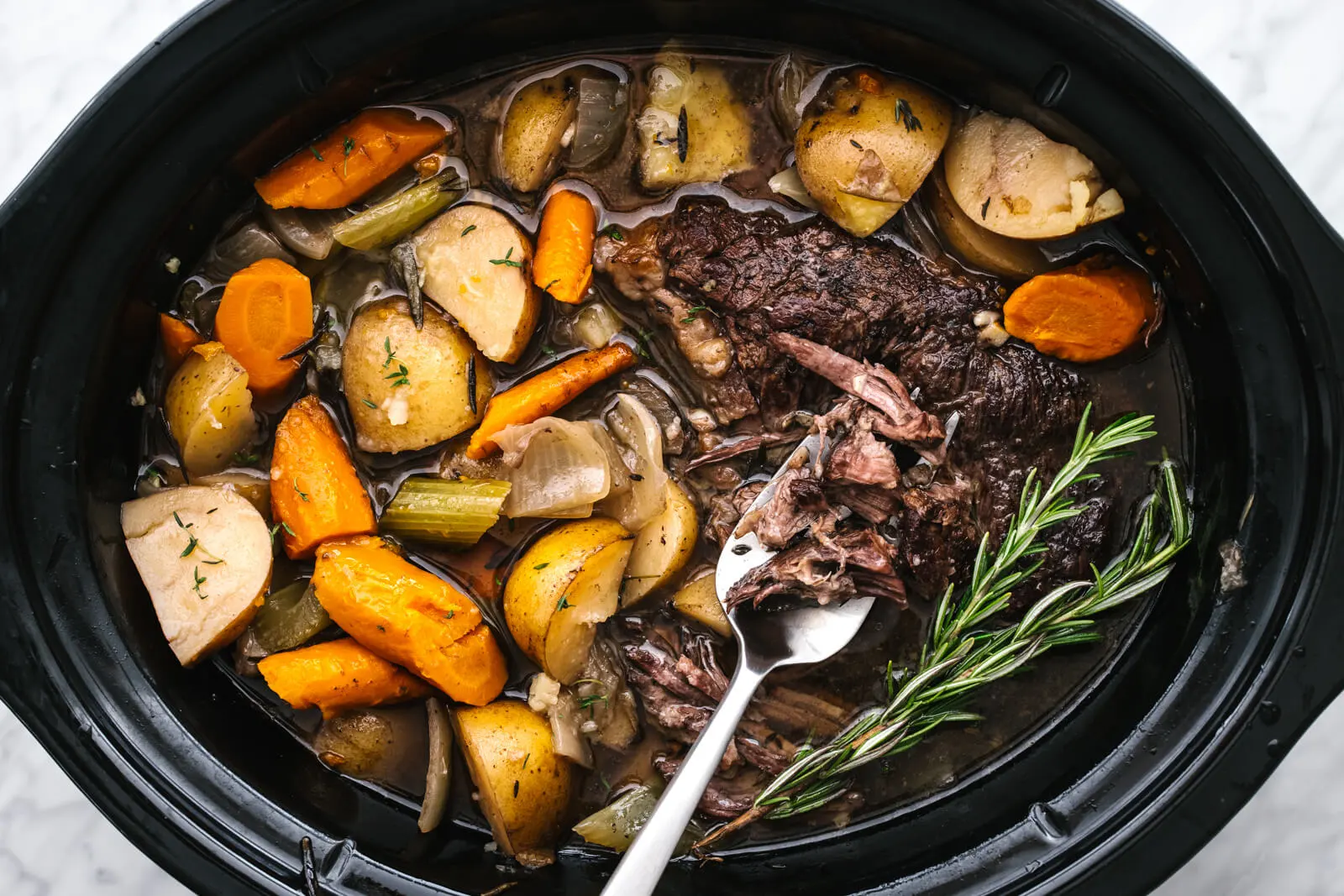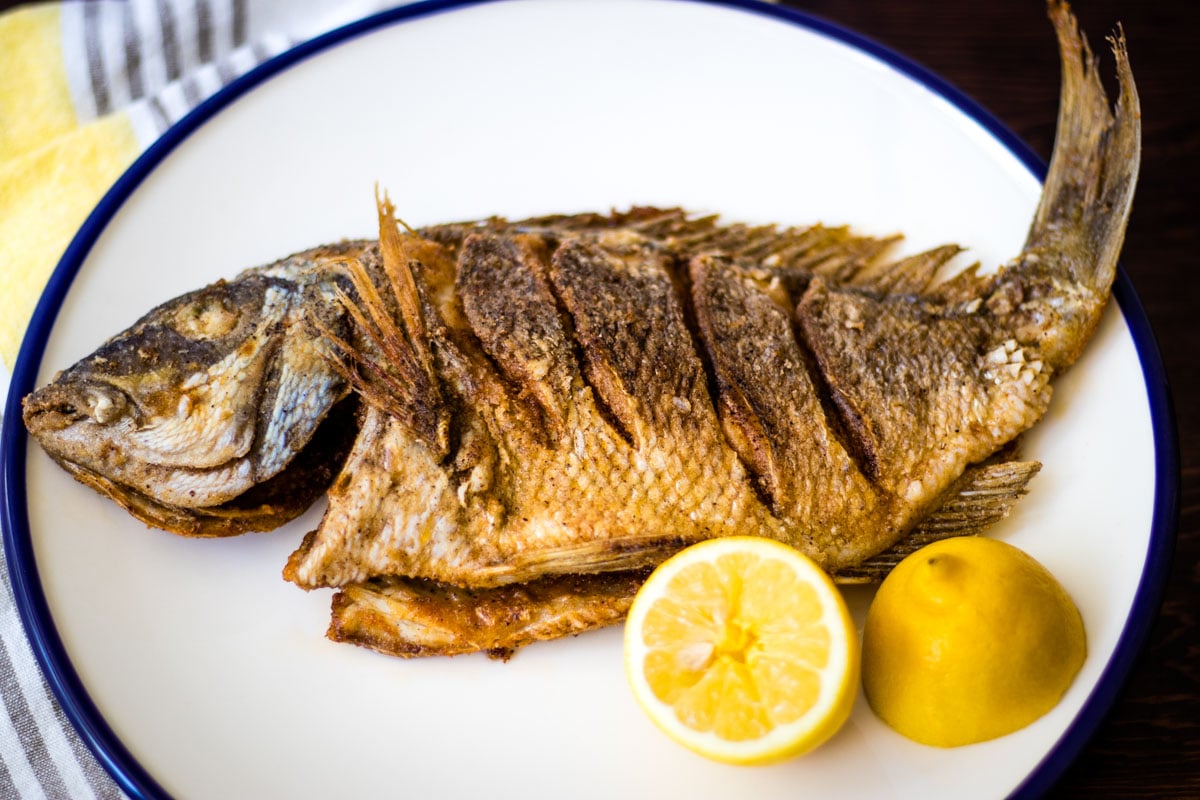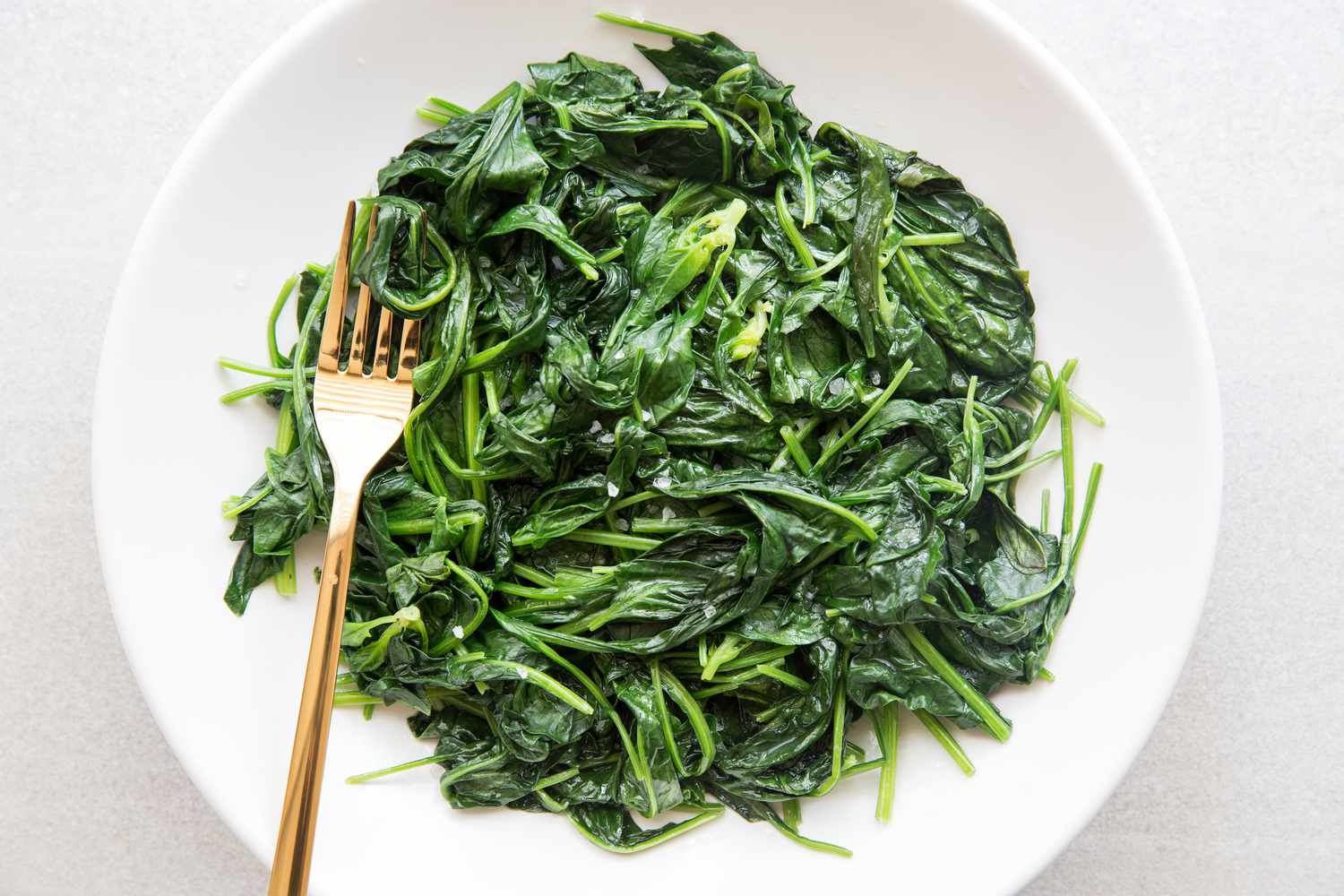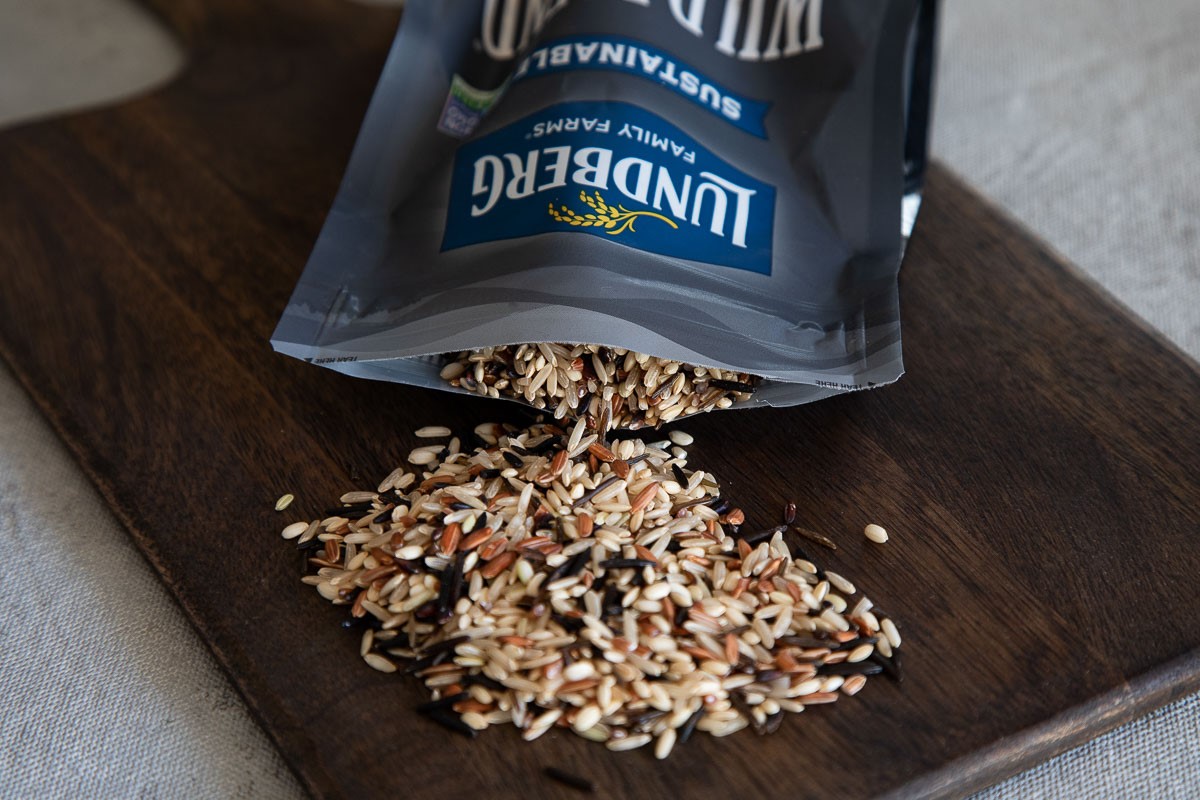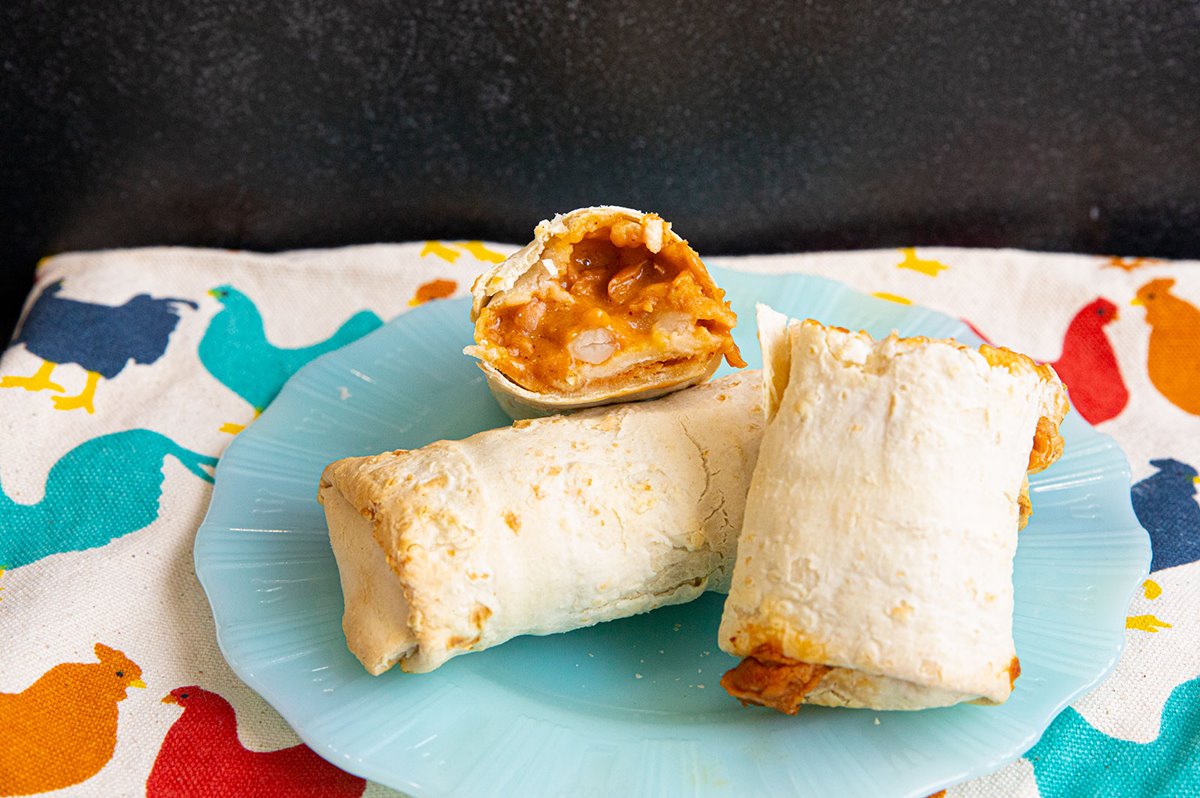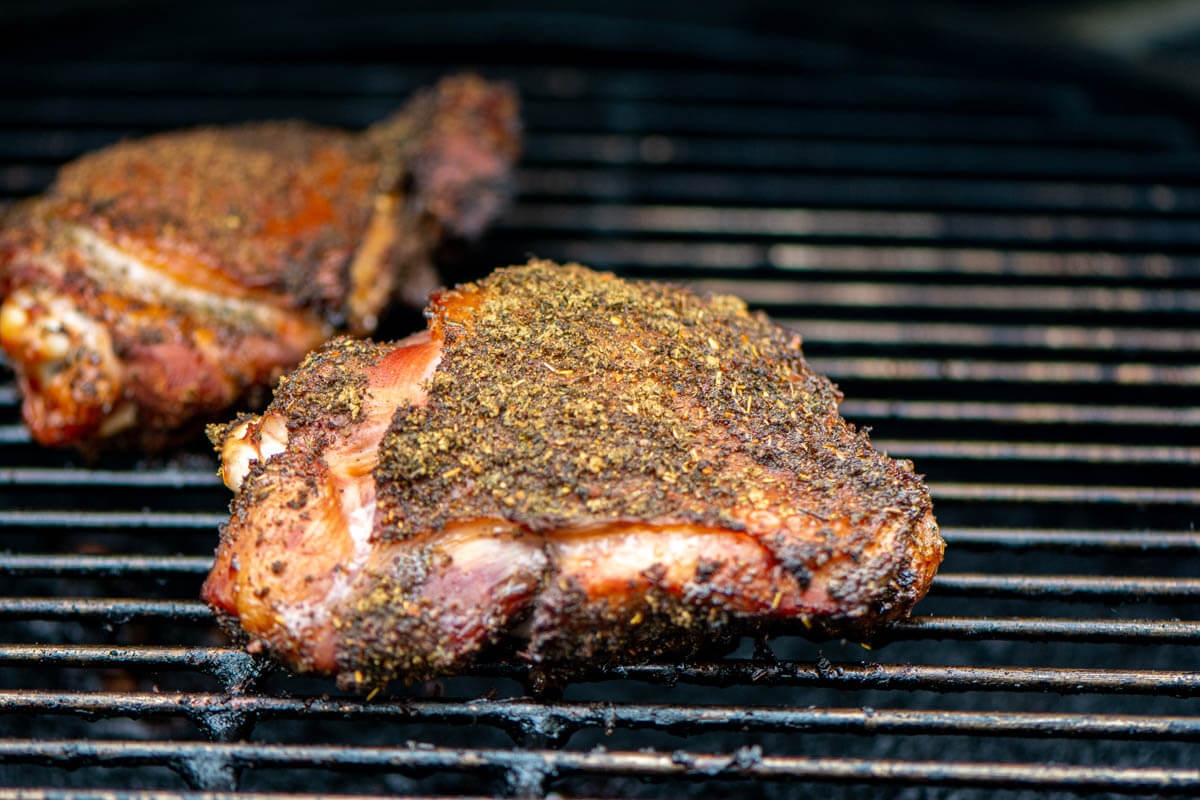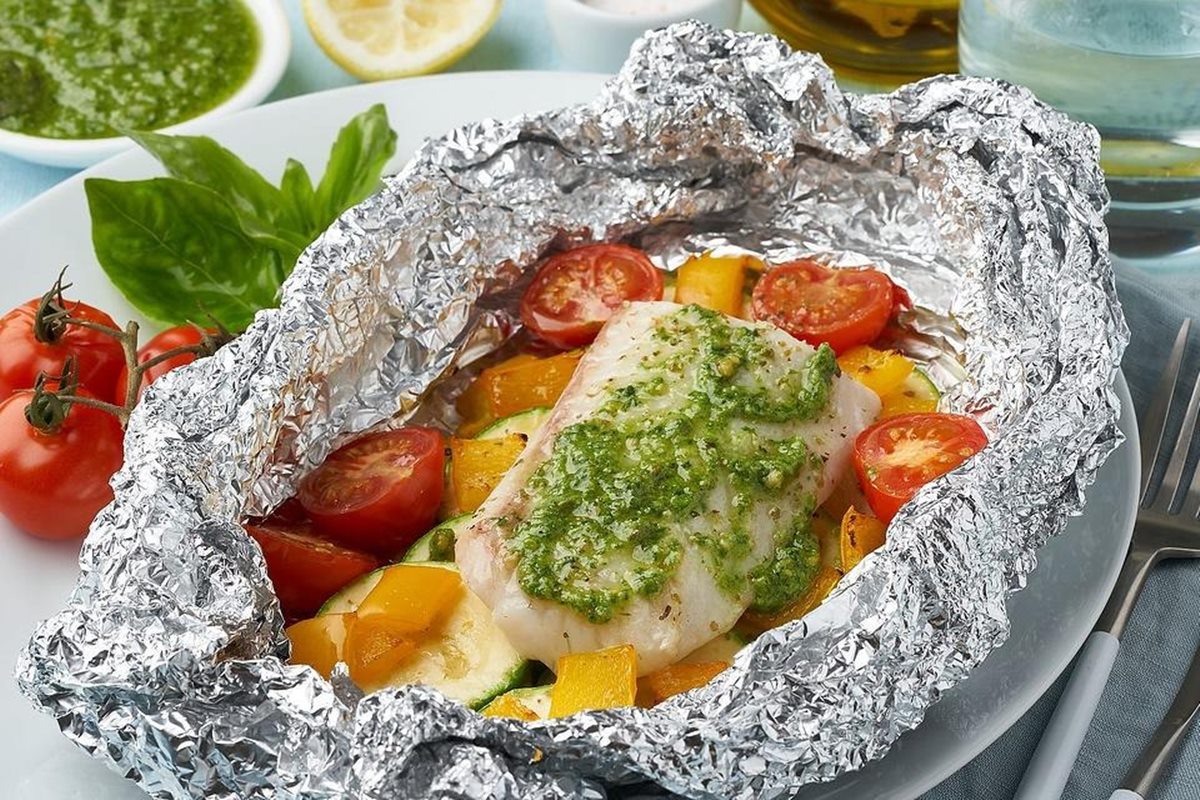Mastering the Art of Zucchini Hibachi Style
If you’re a fan of Japanese cuisine, you’ve probably dined at a hibachi-style restaurant and marveled at the impressive skills of the chefs as they prepare your meal right before your eyes. From sizzling steak to succulent shrimp, hibachi cooking is a delicious way to enjoy a meal with friends and family. But have you ever considered giving the hibachi treatment to vegetables? Today, we’ll show you how to cook zucchini hibachi style, transforming this humble vegetable into a flavorful and exciting dish!
1. Gather Your Ingredients
Before you start cooking, it’s important to have all your ingredients ready. For this zucchini hibachi recipe, you’ll need:
- 2 zucchinis, sliced into thick strips
- 1 tablespoon of soy sauce
- 1 tablespoon of butter
- 1 tablespoon of sesame oil
- 1 clove of garlic, minced
- 1 teaspoon of ginger, grated
- Salt and pepper to taste
2. Prepare the Zucchini
Start by slicing the zucchinis into thick strips. This will ensure that they retain their crunchiness when cooked. You can also use a spiralizer to create zucchini noodles if you prefer a different texture.
3. Sauté the Garlic and Ginger
In a large skillet or hibachi grill, melt the butter over medium heat. Add the minced garlic and grated ginger, and sauté for about a minute until fragrant. This step will infuse the flavors into the butter, giving your zucchini a delicious kick.
4. Cook the Zucchini
Next, add the sliced zucchinis to the skillet. Stir them around to coat them evenly with the butter, garlic, and ginger mixture. Sprinkle with salt and pepper to enhance the flavors. Allow the zucchinis to cook for about 5-7 minutes until they start to soften but still retain a slight crunch.
5. Add the Finishing Touches
Now that your zucchinis are cooked, it’s time to give them that authentic hibachi flavor. Drizzle the soy sauce and sesame oil over the zucchinis, stirring well to ensure they are thoroughly coated. The soy sauce adds a savory umami taste while the sesame oil brings in a rich nutty aroma.
6. Serve and Enjoy!
Once everything is well combined, transfer the zucchini hibachi to your serving dish. This vibrant and flavorful dish pairs well with grilled meats, rice, or even on its own as a light and healthy meal. Garnish with a sprinkle of sesame seeds or sliced green onions for an extra touch of elegance.
Conclusion
Now that you know how to cook zucchini hibachi style, you can impress your family and friends with this unique and delicious vegetable dish. With a few simple ingredients and some hibachi-style cooking techniques, you can elevate your zucchini to a whole new level of flavor. So grab your skillet, channel your inner hibachi chef, and get ready to enjoy a taste of Japan in the comfort of your own home!
Explore More Delicious Recipes and Uses
Once you've mastered the art of cooking zucchini Hibachi-style, a world of flavorful recipes awaits your exploration. Among the diverse options, zucchini shrimp hibachi stands out for its delightful combination of succulent shrimp and crisp zucchini, making it a must-try for seafood lovers. For those who prefer poultry, chicken zucchini hibachi offers a classic taste that pairs well with any side. Meat enthusiasts will appreciate the robust flavors in steak zucchini hibachi, an excellent choice for a hearty meal. Additionally, vegetarians can enjoy a creative twist with vegetarian zucchini noodles hibachi, which provide a refreshing change from traditional noodle dishes. Each recipe uses the zucchini Hibachi-style technique, ensuring that you can apply your new skills to delight friends and family with a variety of dishes.
Was this page helpful?
Read Next: How To Cook Crabs With Coconut Milk
